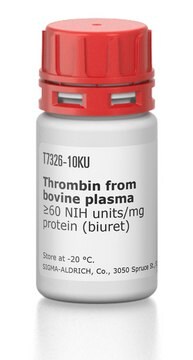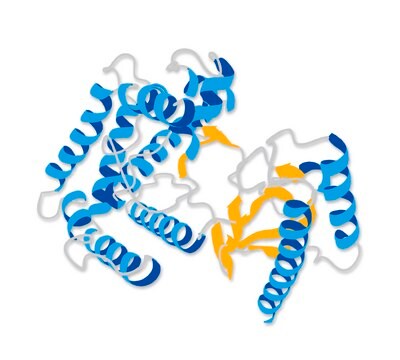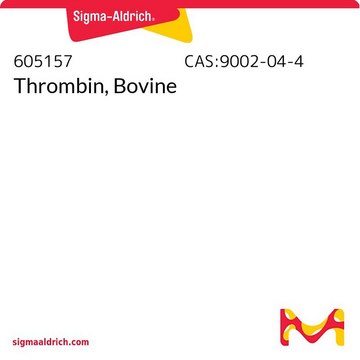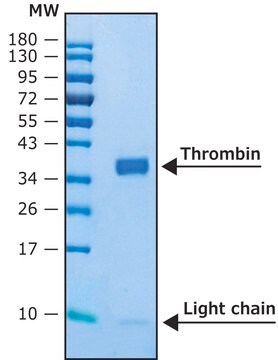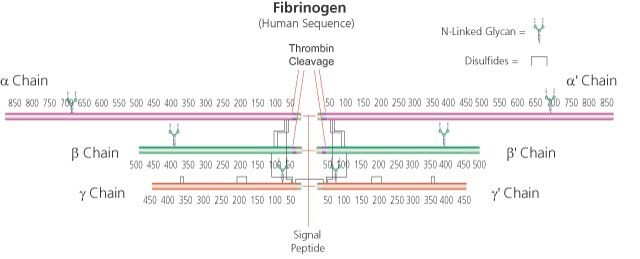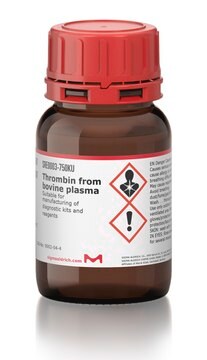SRP6556
Thrombin Active (High Activity) from bovine plasma
≥98% (SDS-PAGE), recombinant, lyophilized
Synonyme(s) :
Activated Factor IIa
About This Item
Produits recommandés
Nom du produit
Thrombin Active (High Activity) from bovine plasma, ≥98% (SDS-PAGE)
Source biologique
bovine plasma
Essai
≥98% (SDS-PAGE)
Forme
lyophilized
Puissance
>1500 units/mg
Poids mol.
37 kDa
Conditionnement
pkg of 10,000 units
pkg of 100,000 units
pkg of 1000 units
Numéro d'accès UniProt
Conditions d'expédition
wet ice
Température de stockage
−20°C
Informations sur le gène
bovine ... F2(280685)
Description générale
Actions biochimiques/physiologiques
Forme physique
Reconstitution
Code de la classe de stockage
11 - Combustible Solids
Classe de danger pour l'eau (WGK)
WGK 3
Point d'éclair (°F)
Not applicable
Point d'éclair (°C)
Not applicable
Faites votre choix parmi les versions les plus récentes :
Certificats d'analyse (COA)
Vous ne trouvez pas la bonne version ?
Si vous avez besoin d'une version particulière, vous pouvez rechercher un certificat spécifique par le numéro de lot.
Déjà en possession de ce produit ?
Retrouvez la documentation relative aux produits que vous avez récemment achetés dans la Bibliothèque de documents.
Les clients ont également consulté
Notre équipe de scientifiques dispose d'une expérience dans tous les secteurs de la recherche, notamment en sciences de la vie, science des matériaux, synthèse chimique, chromatographie, analyse et dans de nombreux autres domaines..
Contacter notre Service technique